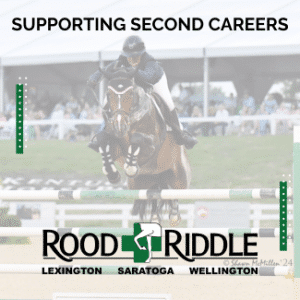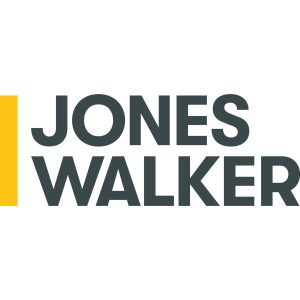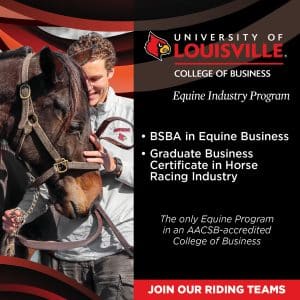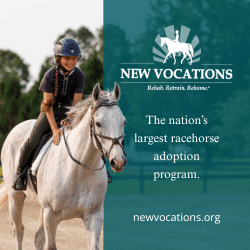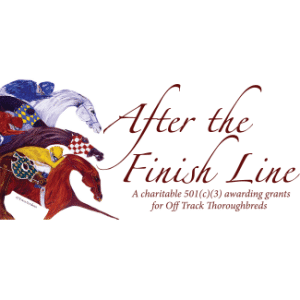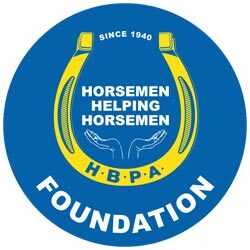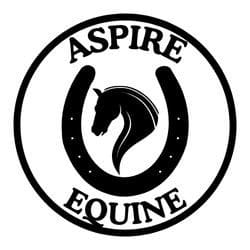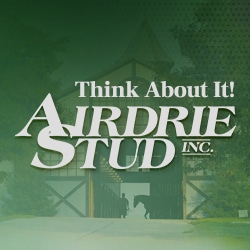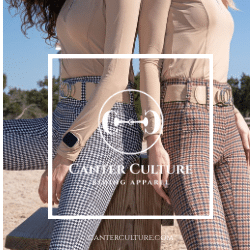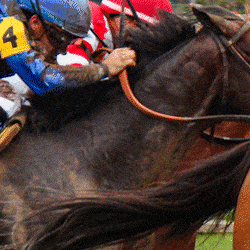Social media, as well as the new and improved RRP Horse Listings, have enabled potential OTTB owners to review a large number of retiring Thoroughbred racehorse listings at any time. Newcomers to the breed might find it challenging to consider a prospect right off the track and decide if it’s a match for their desired purpose.
In this column veteran Thoroughbred Makeover trainers share their strategies for assessing and selecting prospects based only on conformation photos. We feature trainers from two disciplines in each issue; this time, we’ve specifically selected adult amateurs.
Our Trainers
■ Alyssa Kelly
2022 Thoroughbred Makeover Show Jumper preliminary winner with Union Charm
Kelly has been riding for nearly 20 years, starting with English lessons as a child at Full Moon Farm in Finksburg, Maryland. As a horse-loving equestrian, she would ride whatever was available but gained an appreciation for the OTTBs in the lesson program. Seeing how well they worked as both lesson mounts and eventers, she has since sought out Thoroughbreds, including for participation in two Thoroughbred Makeovers: 2021 with Peyton Place and 2022 with Union Charm.
■ Kelly Sulik
2022 Thoroughbred Makeover Dressage 2nd place with Bokeelia Island
Sulik, whose grandfather bred palomino Saddlebreds, was riding horses before she could walk, spending every moment of family visits in the barn. She got her own horses when she was in the third grade, an OTTB and a Paint rescued from a kill pen. Living next door to a dressage trainer, she took lessons on a schoolmaster and fell in love with the sport. She continued to work with OTTBs before she went to college, starting young horses and prospects off the track.
Choosing a Horse
While both Alyssa Kelly of Eldersburg, Maryland, and Kelly Sulik of Tryon, North Carolina, have worked with prospects coming from track connections or breeders, they prefer to source horses from aftercare organizations. Sulik adopted her 2022 Makeover horse, Bokeelia Island, from Thoroughbred Athletes; Kelly found both her Makeover mounts through MidAtlantic Horse Rescue, noting its owner support programs and free clinics.
Sulik has adopted horses off video alone. “As a dressage rider, my focus is on movement,” she says. Next, she values conformation, then temperament and bloodlines. Kelly prefers to look at temperament first, assessing on a trial ride how a prospect reacts to her aids. From there, she looks at movement and conformation. “Most horses I look at have either had just a handful or maybe no rides post-racing,” Kelly says. “Sometimes it is nice to just see them trot and canter in the field as opposed to under saddle; they tend to be freer-moving and relaxed.”
Both Kelly and Sulik prefer horses with uphill builds. For dressage, Sulik wants a horse with a build that suggests a tendency to move uphill and be able to lift the back and use the haunches. While primarily a hunter rider, Kelly looks for similar traits that indicate a horse is better able to engage his back.
Meet the Prospects
Our model horses come from CANTER Kentucky, based at Liftoff Equestrian, in Versailles, Kentucky, with owner/trainer Ashley Watts. CANTER Kentucky began operation in 2010 to meet the needs of the Kentucky racing community, helping find homes for retiring Thoroughbreds. CANTER advertises horses available for adoption online and must preapprove adopters before they can make appointments to see and ride horses under Watts’ supervision. Watts observes riding skills and assesses adopters’ knowledge about working with Thoroughbreds to ensure a good match. She then discusses her recommendations with a CANTER Kentucky board member and, if the match is a good one, adopters sign a CANTER Kentucky Lifetime Bill of Sale to finalize the adoption. While these three horses might no longer be available when this issue hits your mailbox, CANTER Kentucky has plenty of prospects looking for their next partners.

Horse 1: American Matters (Exclusive Quality – American Swagger, by Mr. Sekiguchi)
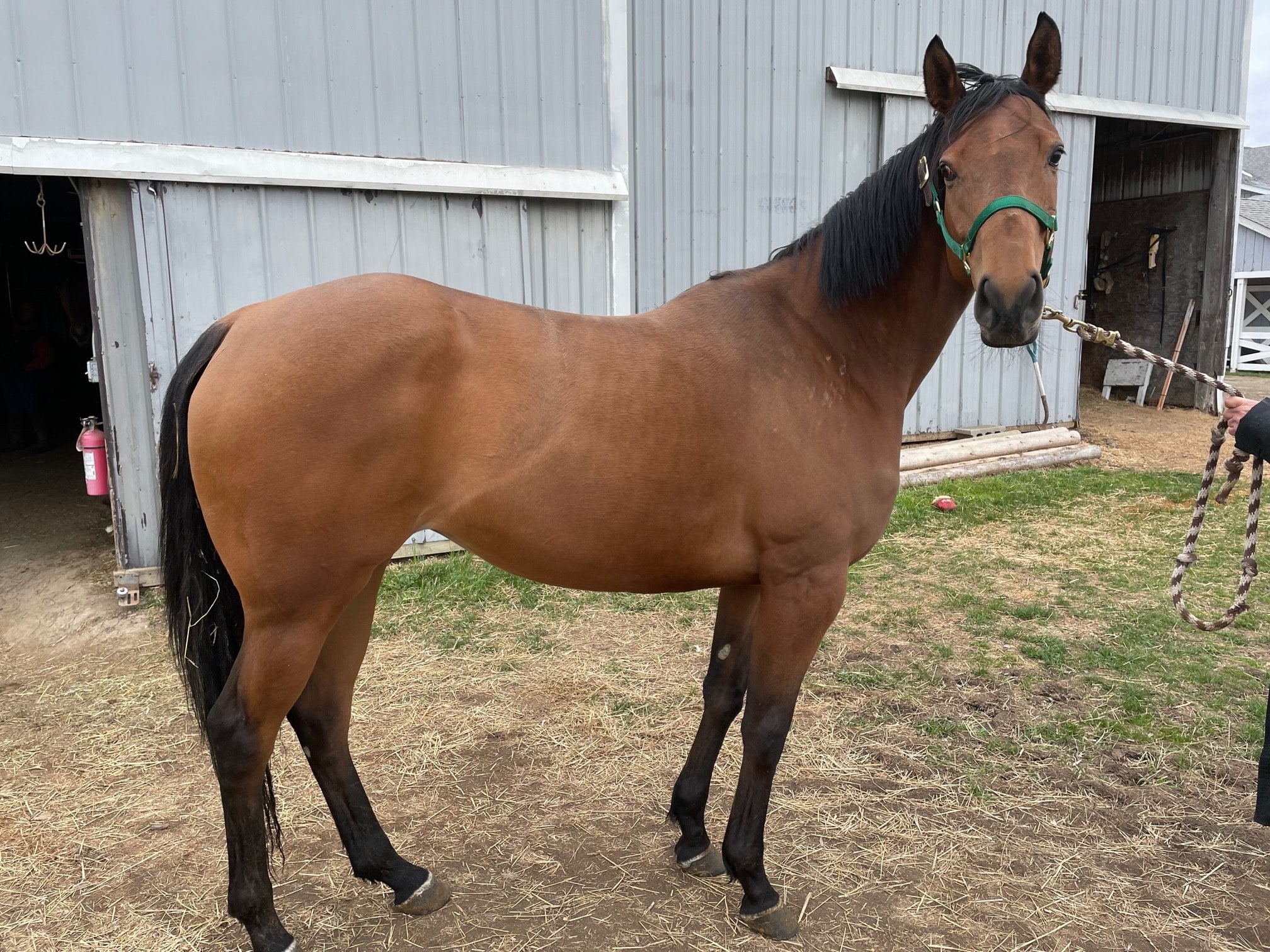
Horse 2: Lil O. T. (Bold Red – O. T. Hughes, by Henny Hughes)
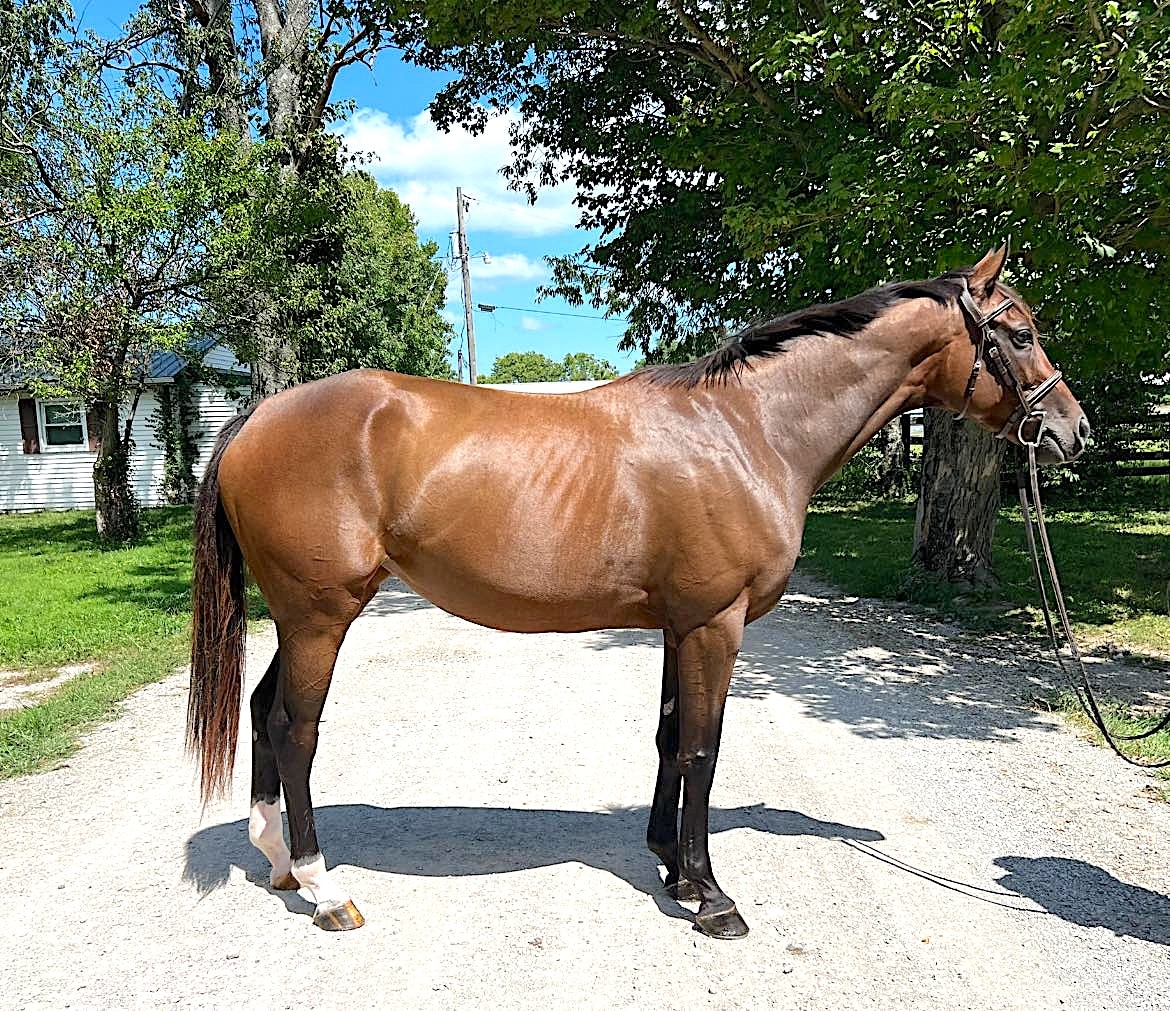
Horse 3: Princess Celeste (Sky Kingdom – Malibu Storm, by Malibu Moon)
Kelly’s Picks
Horse 3: When I’m looking for a prospect, I first look for uphill balance. This can be a little tricky based on age, because young horses are still growing. I start by looking at where the bottom of the neck ties into the horse’s chest: Horses that tie in a bit higher tend to be balanced and more uphill. I’ll also look at the proportions of the horse split into three sections: head/neck, back and hip, with the ideal horse being even across all three. With horses being individuals that are rarely even, I prefer one that’s shorter in the back, as they typically have an easier time developing strength and lift through the back. Horse 3 has the best neck tie-in and the most even three sections with a short back. She also has the best balance and proportions.
Horse 1: This horse was a close pick behind Horse 3. Looking at his overall proportions, he has a shorter neck and hip compared to his back and has a lower neck connection to the chest area. Therefore, I would expect this horse to be slightly more downhill than Horses 2 and 3. This prospect has an elegant head with a great expression. I like the slight dish in the face — this is more of a personal preference than part of the conformation. This horse has correct leg conformation; looking at the front leg you can see he has a flat knee and ideal (about 45 degrees) pastern angles.
Horse 2: I like how this horse’s neck ties in to suggest uphill balance. She’s a little longer in the back than Horse 3. She looks like she might stand under a bit; you can see this by drawing a line with your eye from the withers straight down to the ground. That said, pictures can be a bit deceiving because they are just a snapshot of a moment in time so, if you can go see a prospect in person, that’s always the best idea. If you can’t, then it’s a good idea to ask for a few pictures of each side or a video.
Sulik’s Picks
Horse 3: This horse gives me the best overall impression as a dressage horse. Her build is uphill with her withers slightly higher than her croup, implying she will have a naturally uphill movement. Her shoulder has a nice slope, and her neck ties in high on the shoulder, which will allow freedom of expression with her front legs. The neck is long, and its musculature creates a lovely, arched shape. The existing musculature in this horse’s neck implies she naturally carries her neck in a relaxed and forward frame that will make it easy for her to stretch to and come onto the bit. She is clean through the throatlatch and has a refined, intelligent face. Her cannon bones are a bit long. Her pasterns are slightly on the long side, although they have a good angle. I actually prefer slightly longer pasterns as opposed to shorter ones because I feel they add suspension in a dressage horse. If I could correct anything on this horse, I would like to see slightly more length in the loin and the hip, which would add more strength and pushing power to the hind end.
Horse 2: I think with some conditioning, Horse 2 could have potential as a dressage horse. I like her shoulder angle and how the neck ties in high onto the shoulder. The development of this horse’s neck appears to be somewhat “upside down,” however, meaning the lower neck muscles are more developed than the upper neck muscles. This might be corrected with proper training. The back dips down quite a bit behind the withers, which is not ideal, although some of this could be the camera angle. This horse appears to be upright in the pasterns, which will lend itself to a choppier stride. I like this horse’s hindquarters the best of the three. They appear strong and well-muscled, and the angle of the pelvis and femur is neither too wide nor too steep. This would allow for the hind-end power that is really the basis for effective dressage.
Horse 1: This horse is adorable, but he’s just not my pick for dressage. Although his withers are higher than his croup, his neck ties in very low on his shoulder, which gives him a downhill impression. His neck is also shorter than I prefer. His shoulder is well-muscled, but the angle of his scapula is more upright than I like. He has strong, short pasterns, which would be good for many disciplines but make me think he would be too choppy in stride for dressage. With his well-muscled hind end, he strikes me as a sporty Western type.

